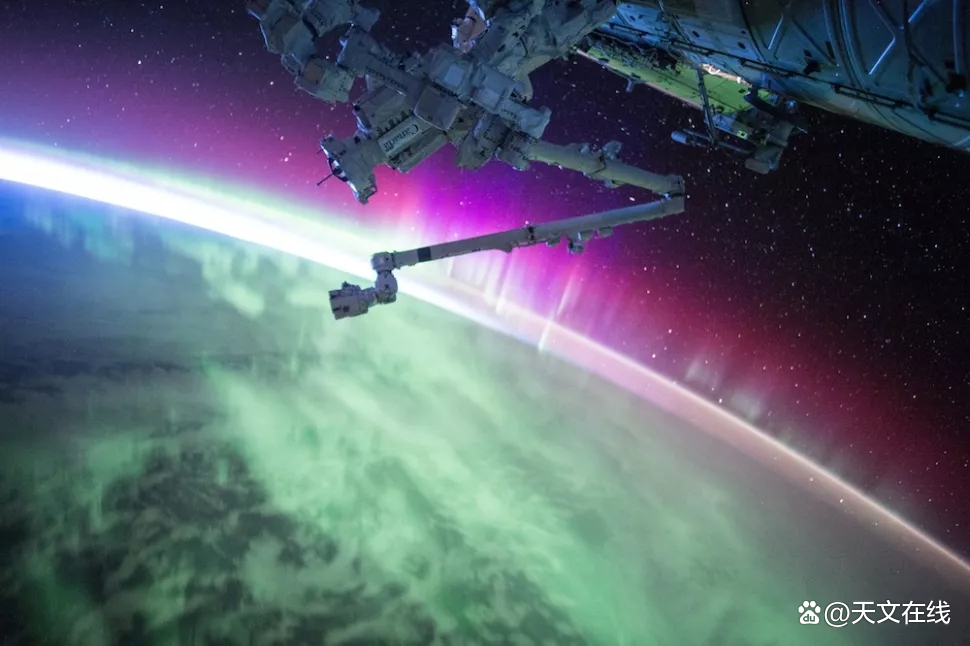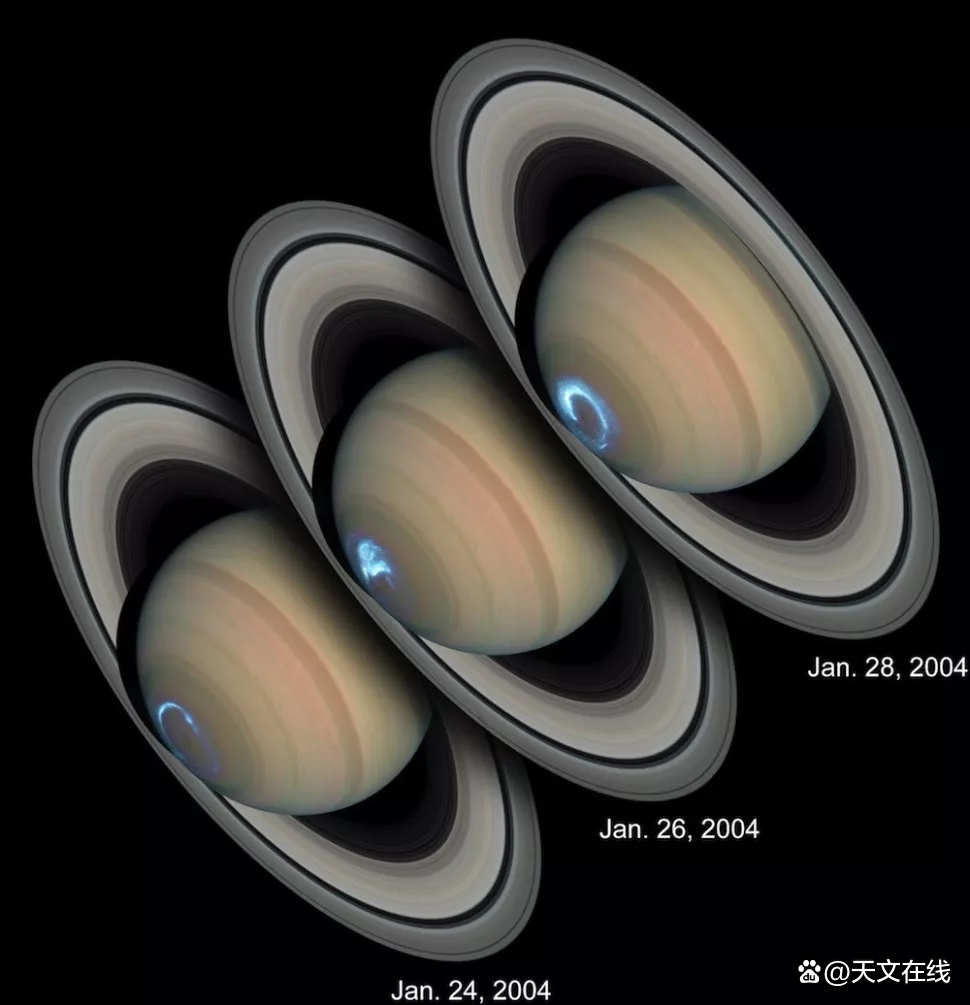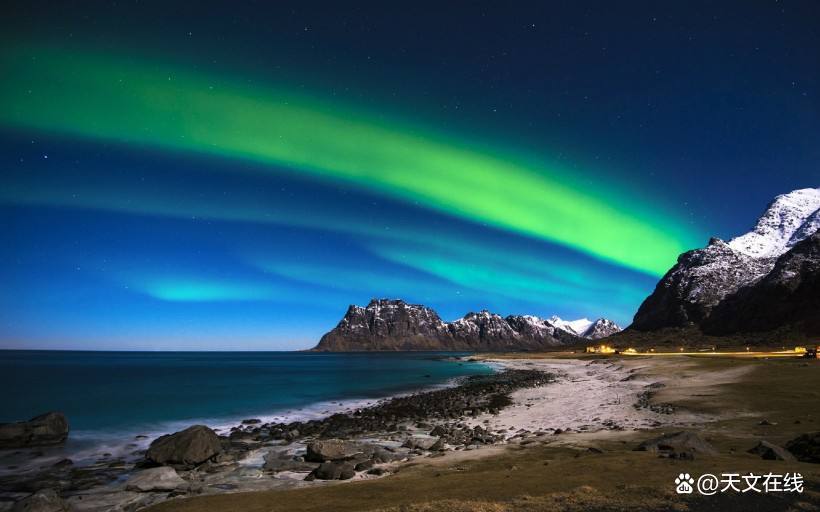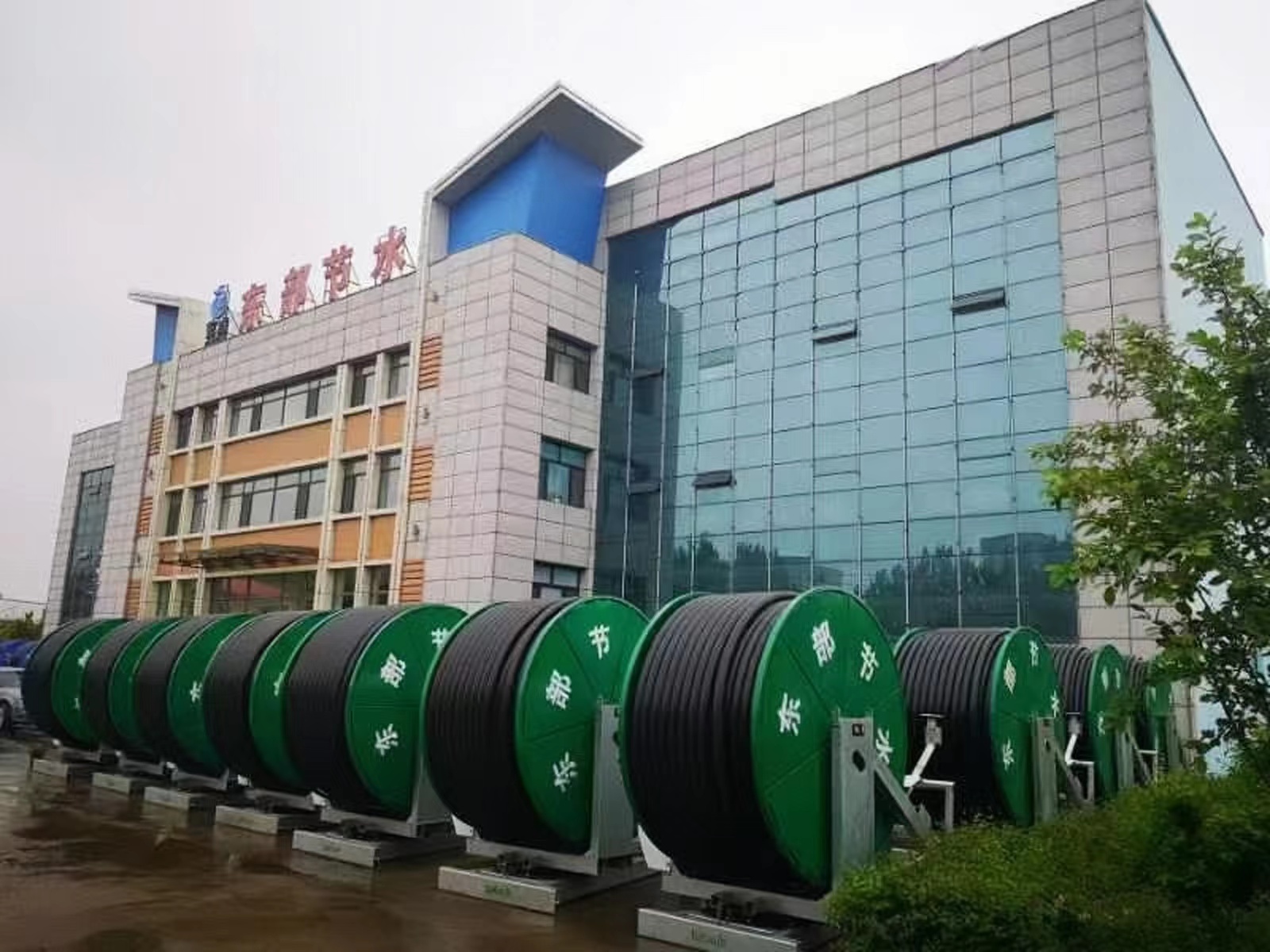Can the Northern Light also make a sound, is it illusory or fact?The answer may be only one possible
Author:Astronomy online Time:2022.07.31
Or is this just an illusion?

The painting created by Adam Paulson showed his aurora observed from Goldtaba on Greenland on November 15, 1882. (Picture source: Adam Paulson/Royal Society of Science History Magazine /cc/4.0)
This is a problem that plagues the observer for centuries: Is the wonderful green and dark red light showed by the Northern Light to produce any recognition sound?
Due to the interaction between the solar particles and the gas molecules in the earth's atmosphere, the aurora usually occurs near the poles of the earth, where the magnetic field is the strongest. However, there are few reports about the aurora emitting noise -and it has been denied by scientists in history.
However, a research in Finland in 2016 claimed that the Northern Lights could indeed make the sound that human ears could hear. The recording recorded by a researcher involved in this research even claimed to capture the sound of charming lights above 70 meters on the ground.
Nevertheless, the mechanism behind the sound is still a bit mysterious, and you must meet certain conditions to hear the sound. My recent research examines the historical report on Aurora to learn about the elusive phenomenon of investigation, and the process of determining the sound of the report in history is objective, illusory or fictional process.
Historical claims

In the first International Polar Adventure Report, Danish teacher Sovus Trom Holt and Major. Henry Dawson focuses on studying Aurora's sound. In 1882, Trom Holt established a base at Katakino, Norwegian village near the Finnish-Norwegian border. (Picture source: The Royal Society of Science History Magazine /CC, 4.0)
In the first decades of the 20th century, Aurora was a particularly fierce debate. At that time, a report from a settlement of north latitude stated that the sound was sometimes accompanied by charming lights in the sky.
Witnesses say that in the particularly strong northern light, there is a quiet, almost incurable crackling sound, whine, or sound of sound. For example, in the early 1930s, the weekly newspaper "Journal of Lanlan News", which set up the Lanlan Islands in the Asian Arctic, began to compare the sound of the Northern Light to "rustling silk" or "two wooden boards meet".

These stories are confirmed by similar syntax words from northern Canada and Norway. However, the scientific community does not believe it, especially considering that few Western explorers have claimed that they have heard these elusive sounds.
The credibility of the aurora noise report at that time was closely related to the high measurement of the northern light. It is believed that only those displayed lights fall into the earth's atmosphere can the sounds that people can hear.
The problem here is that the results recorded during the second international polar year in March 1932 found that Aurora's most often occurred in 100 kilometers above the earth and rarely occurred below 80 kilometers. This shows that a clear sound from light cannot be transmitted to the surface of the earth.

The Northern Light hovered over the Kurfill in Iceland.
Is it an illusion?
In view of these findings, the famous physicists and meteorologists are still suspicious. They believe that the sound of Aurora and a very low aurora is a folk story or auditory illusion.
Sir Oliver Rocky, a British physicist who participated in the development of radio technology, commented that due to the distinctive appearance of the aurora, it may be a psychological phenomenon -just like a meteor sometimes made a whine sound in the brain. Similarly, meteorologist George Clark Simpson believes that the emergence of low aurora is likely to be an optical illusion caused by the interference of low clouds.
Nevertheless, the 20th century famous Aurora scientist Karl Sto Demo published a report from his two assistants. They claimed that they had heard Aurora, which added a lot of personal reports to a lot of reason.
Steke's assistant Hans Jelstrap said he heard a "very strange and weak whistle, obvious fluctuations, seemed to be the vibration of the aurora", and Mr. Jon heard a kind of The sound of "burning grass or waves". Although the last two testimony may be convincing, they still have not proposed a mechanism that can be operated by aurora.
Sound and light
This long -lasting puzzle later received the biggest support, and the famous Canadian astronomer Clarlenus first proposed the greatest support in 1923. He believes that the movement of the northern lights has changed the magnetic field of the earth and led to changes in atmospheric electrification, even at a considerable distance.

Aurora (source: LiveScience)
When this electrification encounters objects on the ground, it will make a crackling sound closer to the surface of the earth, which is like a static sound. This may occur on the observer's clothes or glasses, or on the surrounding objects, including the cover layer of fir trees or buildings.
Shangte's theory is well linked to many claims about Aurora, and also received the support of occasional reports of ozone odor -it is reported that the ozone odor has a metal smell similar to electric sparks.
However, Shangte's paper was largely noticed in the 1920s. It was not until the 1970s that the two aurora physicists re -examined historical evidence that it was recognized. Shangte's theory has been accepted by scientists today, although there is still controversy about what the principle of sounding.

Saturn's aurora (source: LiveScience)
It is very clear that Aurora will make people hear the sound in a few cases. The weird reports of the crackling of light, the sound of the sound, and the buzzing sound describes an objective auditory experience -not an illusion or imagination. Sampling sound
If you want to listen to the Northern Lights and consider that the hearing only appears in 5%of the violent aurora, you may have to stay in the polar region for a long time. Because it is the most common on the top of the mountains around it, this is not a particularly easy to approach experience.
In recent years, the sound of Aurora has been explored because of its aesthetic value, inspiring music works, and laid the foundation for a new way of interacting with electromagnetic signals.

Latvian composer Erx Essenwalz used the diary of American explorer Charles Hall and Norwegian politician Friedtov Nansen in his music. They all claimed to hear the northern lights. His work "Northern Light" intertwined these reports with the only known Latvian folk songs that told the phenomenon of Aurora, and sung by a male treble solo.
Or you can also listen to the radio signal of the polar lamp at home. In 2020, a radio program in BBC 3 re -mapped the aurora's extremely low -frequency radio recording to the hearing spectrum. Although unlike the sound of the northern light on the top of the snow -white mountain, these radio frequencies give people a short, fleeting and dynamic feeling of Aurora.
By: Fiona Amery
Fy: Xiaomu Dan
If there is related content infringement, please contact the author to delete after the work is released
Reprinted, please obtain authorization, and pay attention to maintaining integrity and indicating the source
- END -
In the first half of the year, Heilongjiang Tax Data Assisting Company Supply Chain Transactions nearly 100 million yuan

After a heavy rain, Heilongjiang Eastern Water Conservation Technology Group Co., ...
Village Meiminfu Industry is prosperous -Tanshu Village, Taiping Town, Guangshui City, visit and news

Qin Shaodong Feng Xianguo, a special reporter from Suizhou Daily, Qin ShaodongRece...